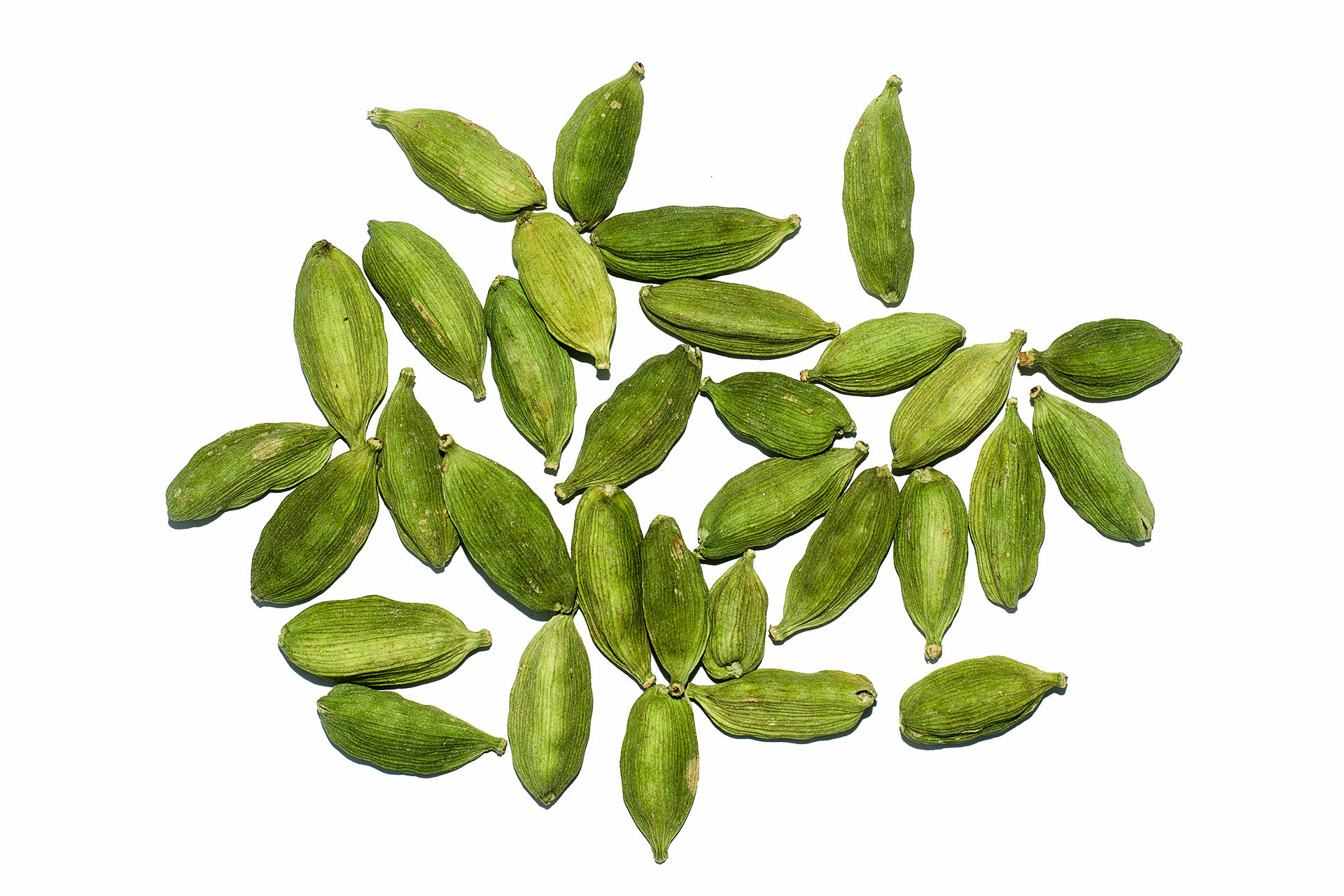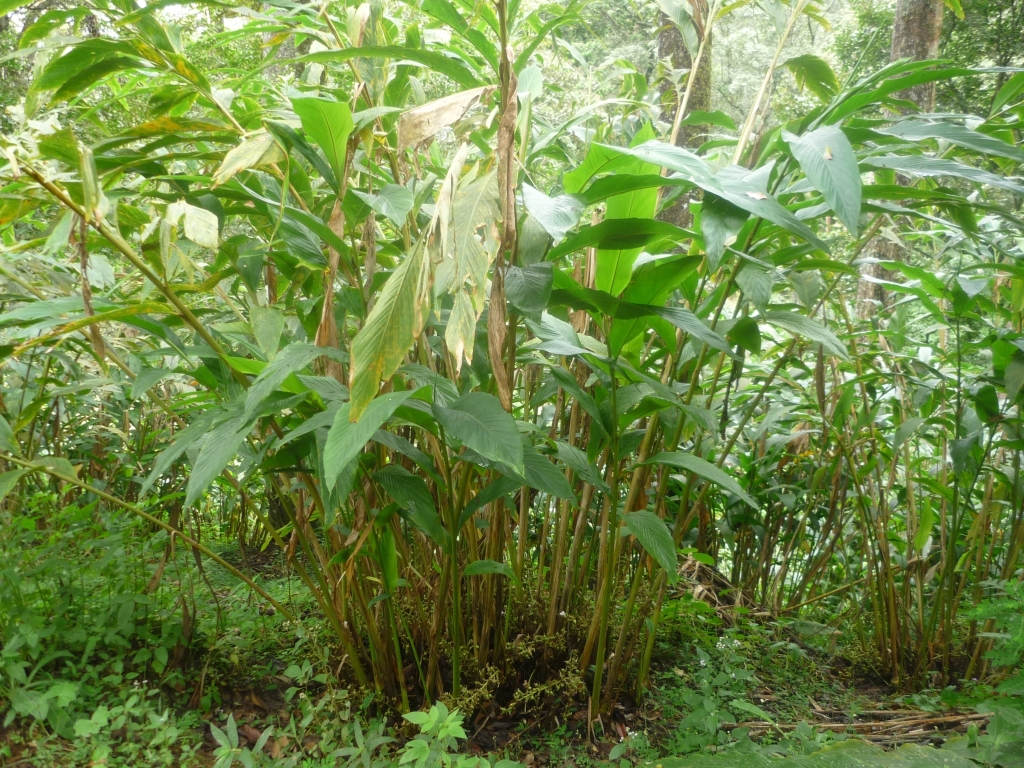Kapulaga, commonly known as Cardamom is a prized spice believed to have originated in India, yet it thrives in various countries, notably Indonesia. Known scientifically as Elettaria cardamomum, this spice offers a savory, subtly sweet flavor, enhancing dishes with its distinctive aroma.
Beyond its delicious taste, cardamom boasts abundant nutrients such as protein, carbohydrates, fiber, manganese, calcium, magnesium, potassium, and phosphorus. These nutritional elements contribute to a plethora of health benefits associated with cardamom consumption.
Originating from India and Sri Lanka, cardamom holds historical significance as both a culinary spice and herbal remedy, as referenced in ancient texts like the Kitab Charaka Samhita. Greek traders imported it from the West, referring to it as "Kardamom."
Early records, like those of Garcia de Orta in 1563, a pioneer in tropical medicine, highlighted cardamom's medicinal properties. This led to its international trade, with Guatemala emerging as the world's largest producer since 1914.
Traditional Uses
Local communities, such as those near Gunung Honje in Banteng, use cardamom fruits mixed with eucalyptus oil to warm children's bodies. Its traditional applications include:
- Warming children's bodies with a mixture of cardamom fruit and eucalyptus oil.
- Using cardamom seeds to alleviate coughs, sore throats, stomach aches, and bloating.
- Enhancing food flavors as a spice.
- Utilizing all parts of the plant for treating bloating and as a rub for rheumatism.
Regional Names
In Indonesia, cardamom goes by various names such as:
- Kardamon (Malay)
- Palogo (Sumatera)
- Palago or Puwar (Minangkabau)
- Kapulogo (Java)
- Kapol (Sunda)
- Kapolaha or Palagha (Madura)
- Garidimang (Bugis)
- Karkolaka (Bali)

Plant Characteristics
Cardamom plants are perennial with pseudo stems formed from leaf sheaths, akin to ginger or turmeric. Growing up to two meters tall, their fruits burst when ripe, containing elongated oval seeds. They thrive at altitudes of 300-500 meters above sea level.

Health Benefits
Research indicates that cardamom leaf extract shows promise as a diabetes remedy, controlling blood glucose levels and experimental rat weights. With diabetes affecting millions globally, including Indonesia, cardamom's high antioxidant content, flavonoids, and Vitamin C offer potential therapeutic benefits.
Top Producers in Indonesia
According to the 2021 Plant Biofarmaka Production by Province and Plant Type data from BPS (Central Statistics Agency), the largest cardamom-producing regions in Indonesia are:
- West Java: 89,021,626 kilograms
- Central Java: 26,526,398 kilograms
- North Sumatra: 3,170,591 kilograms
- West Sumatra: 2,150,983 kilograms
- East Java: 1,891,389 kilograms
Cardamom, the "Queen of Spices"
Described as a herbal plant with bulbous roots, cardamom fruits are round, hairy, grayish-yellow, usually appearing in small, short clusters. When mature, they burst open, releasing seeds used as primary seasonings in cooking. Indonesia hosts various types of cardamom, including Javanese and Sabrang varieties. Sabrang cardamom, also known as green cardamom, earns the moniker "Queen of Spices" due to its meticulous manual harvesting and sorting process.



















